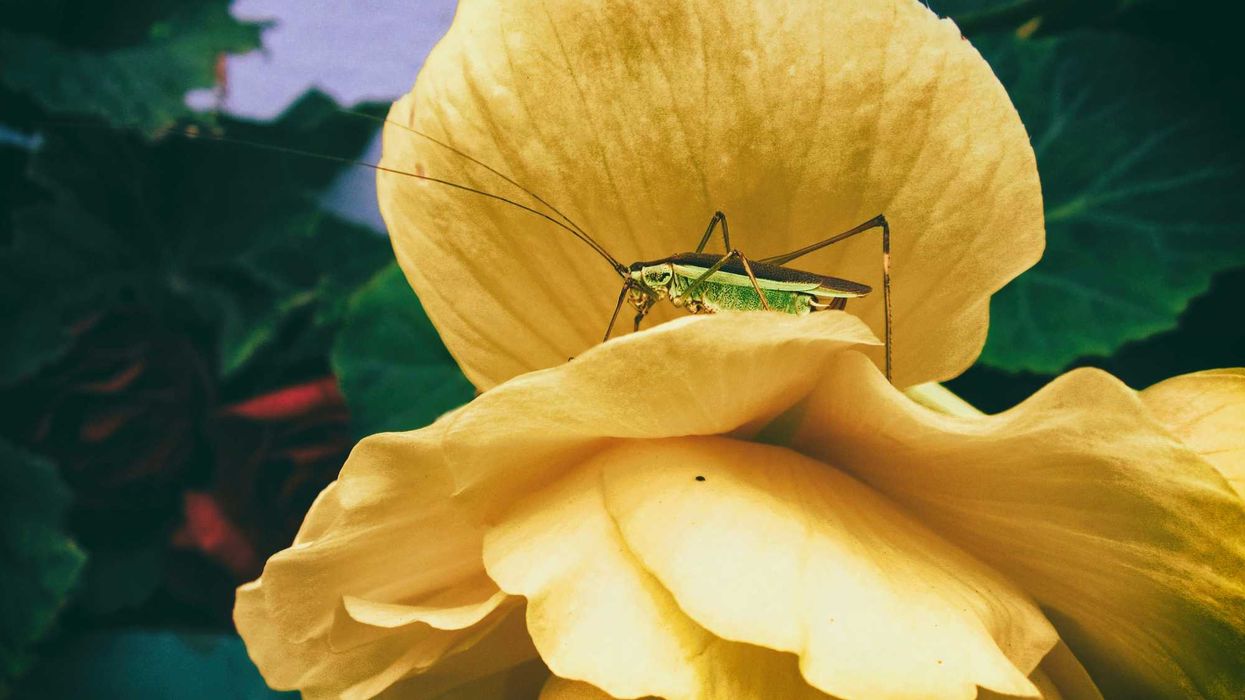Increasing tick population are not just a rural concern but a growing threat in city parks as well, highlighting the need for awareness and protective measures against these disease-carrying pests.
Charlie Gilmour writes for The Guardian.
In short:
- The UK Health Security Agency notes a steady rise in tick encounters, with certain species like Ixodes ricinus posing significant health risks due to their ability to transmit diseases like Lyme.
- Ticks are adapting to changing climates, expanding their habitats, and increasing in numbers, raising concerns for both human and animal health.
- Preventative measures, including clothing choices and tick checks, are essential for reducing the risk of tick bites and the diseases they can carry.
Key quote:
"The population of ticks is increasing. We need to be aware of them and we need to know how to protect ourselves."
— Arlene Brailey, Lyme Resource Centre
Why this matters:
Ticks, those tiny yet formidable arachnids, are not only a nuisance during outdoor adventures but also pose significant health risks due to their ability to transmit a variety of diseases. One of the primary reasons for the surge in tick populations is believed to be linked to climate change: Disease-carrying insects like ticks prefer warmer winters, early springs and hot summers.














